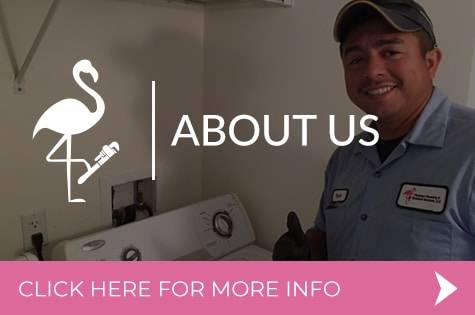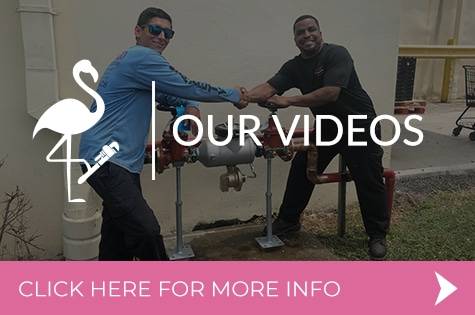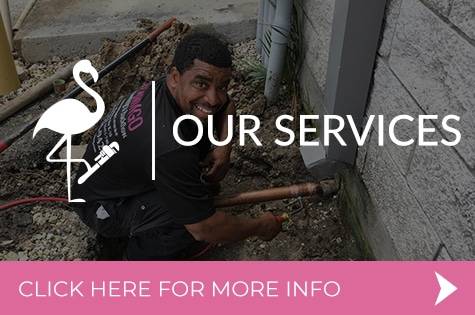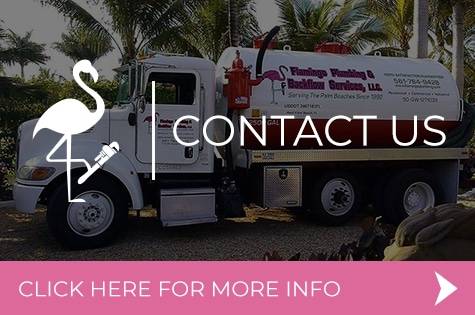Water should flow down the drain, not the other way around. If you notice water with a sulfur smell, bad taste, or discoloration, it could signal backflow. Backflow occurs when potable water meets contaminated water due to a drop in water pressure, causing a reverse flow. This contamination can infiltrate the drinking supply. While common in commercial establishments and multi-family residences, backflow can also affect single-family homes.
In Palm Beach, Florida, the county’s water utility department safeguards drinking water. Installing and maintaining reduced pressure principle assemblies is crucial for buildings over three stories and residential services with large water meters. These assemblies prevent backflow by using valves configured to stop clean water from reversing. Non-compliance with the Palm Beach Water Utilities Department’s backflow prevention requirements may lead to water service disconnection.
Causes of Water Pressure Drops
Water pressure changes can trigger backflow. Common causes include issues within a water line, known as siphonage. When pressure releases, water may flow backward. Factors like dirt buildup and debris can clog aging sewer lines, leading to backflow. Regular drain cleaning can help prevent these issues, keeping pipes clear and water flowing properly.
Dangers of Backflow
Backflow contaminates clean water, posing health risks. Despite modern plumbing’s sanitation and waste removal techniques, backflow remains a threat. Contaminated water can introduce bacteria, chemicals, and diseases into the supply. Regular leak detection can help catch potential backflow risks early, preventing damage before it happens.
Preventing Backflow
Palm Beach County mandates the installation, annual testing, and maintenance of backflow prevention assemblies. These devices, installed beside water meters, adhere to the county’s plumbing code standards.
Assessing backflow personally can be challenging. It’s advisable to consult a backflow inspector to check for contamination. Plumbers can install devices to prevent cross-contamination, ensuring that even if water flow changes, contaminants don’t enter the main supply.
Hose Bibs
A hose bib acts as a backflow preventer for water outlets like faucets, allowing water to flow in one direction. If pressure drops, a spring closes, and a valve opens to prevent backflow, maintaining a clean water supply. Sink and faucet repair services can help ensure these fixtures are functioning properly.
Vacuum Breakers
Pressure-type vacuum breakers are installed in pipes supplying water to sprinklers. These devices monitor pressure and, upon detecting shifts, close a valve to prevent backflow. If you’re experiencing water pressure issues, it may also be time to check your tankless water heater for efficiency problems.
Additional Measures
Regular maintenance of plumbing systems is essential. Services like hydro-jetting can clear debris from pipes, reducing backflow risks. A well-maintained system is the first line of defense against contaminated water.
Professional Assistance
Addressing backflow promptly is crucial. We offer various backflow preventers and provide free installation estimates. For more information, contact us today.
For further reading on backflow compliance in Broward County, check out this article.






